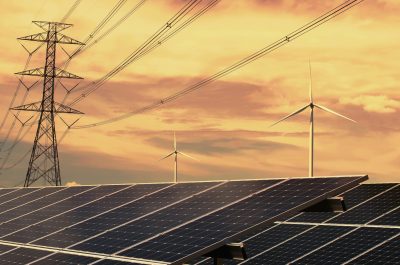It isn’t easy going green
ElectraNet has a plan to energise South Australia’s clean energy future and it is getting on with the job.
With Project EnergyConnect progressing well and in the delivery phase and Eyre Peninsula Link completed earlier this year, ElectraNet is now looking at the next set of priorities for transmission across the state that will continue to make the clean energy future a reality.
ElectraNet published a 2022 Transmission Annual Planning Report (TAPR) last October, but a government policy announcement[1] and a rapid increase in connection activities have led it to publish an update in May 2023 ahead of the regular TAPR publication in October 2023.
ElectraNet has an eye to the future and is mindful of the cost of infrastructure and the potential wholesale costs of not meeting demand using low cost renewables. This TAPR update is seeking input from interested stakeholders on the directions and prioritisation of work, which ElectraNet will provide to AEMO for consideration in the 2024 ISP. ElectraNet is also working with SA Power Networks on the potential impact of increased electrification and the uptake of electric vehicles on the network.
So what has changed in the last seven months?
There has been an increase in load connections interest across mining, data centres, processing and hydrogen which equates to an additional load requirement of about 2000MW in SA. Combined with renewable generator connection activity, this is almost 3000MW of connections in SA. This is a massive increase in likely consumption compared with the AEMO 2022 ISP scenarios and its draft 2023 Inputs in the Assumptions and Scenarios Report (IASR). ElectraNet commissioned Energeia to assess demand under a full electrification scenario for SA. Given more recent information Energeia considered that electrification could occur faster than predicted in the draft 2023 IASR as outlined below in Fig 1.
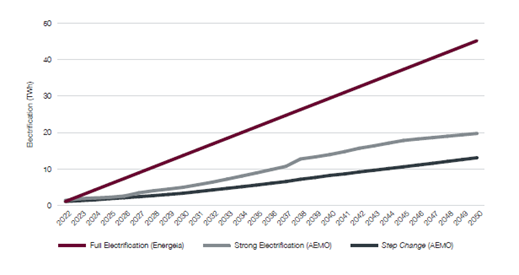
Fig 1 Scenarios of the increased component of demand due to electrification[2]
ElectraNet has analysed the locations of the new load connection interest across the state as outlined below in Fig 2
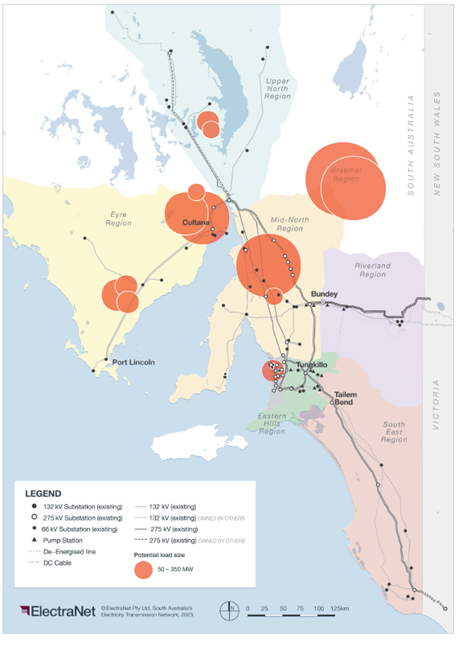
Fig 2 Current new load connection interest[3]
This recent level of interest in connecting load has led ElectraNet to consider prioritising the renewable energy zones (REZs) to unlock new renewable generation.
Fig 3 below indicates the various REZ zones. ElectraNet is proposing the following prioritised zones:
- S3 – Mid North SA
- S2 – Riverland
- S5 – Northern SA
- S8 – Eastern Eyre Peninsula
- S1 – South East SA
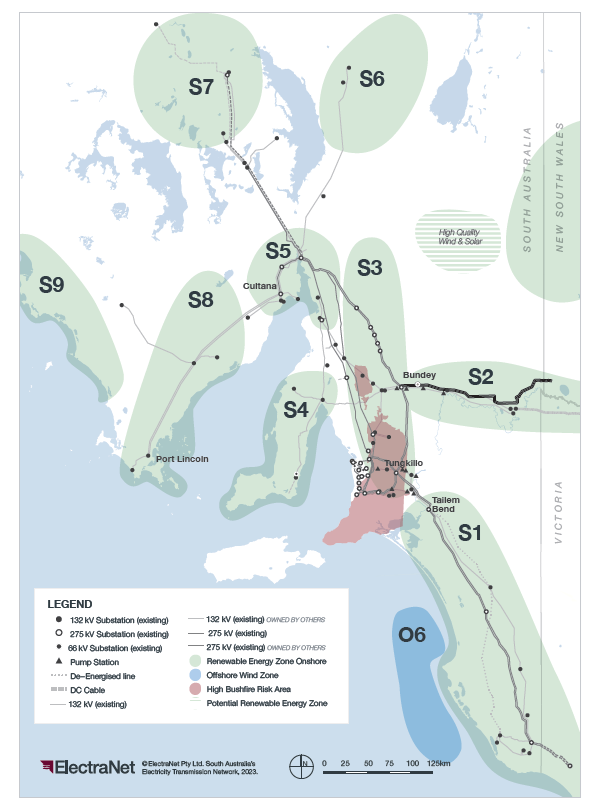
Fig 3 SA Renewable Energy Zones[4]
The prioritization of these REZs leads to a focus on large scale transmission developments needed to cater for the new demand, growth in renewable energy and South Australia’s hydrogen production.
The near-term transmission priorities are depicted in Fig 4 and outlined in the table below. A range of actions are proposed to progress these project options to be ready to meet the demand outlook.
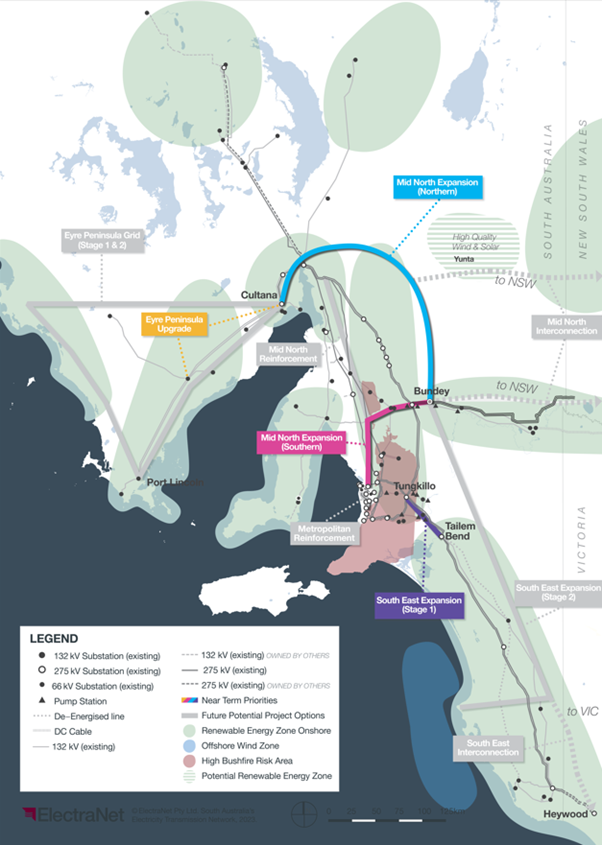
Fig 4 Transmission project options to meet supply requirements in SA[5]
| Project | High level description | Indicative timing | Proposed action |
| Mid North Expansion (Southern) | New transmission lines from Bundey to Para | Mid to late 2020s | Make Actionable project in 2024 ISP |
| SE Expansion (stage 1) | Improve existing transmission capacity Tailem bend to Tungkillo | Mid to late 2020s | Make Actionable project in 2024 ISP |
| Eyre peninsula upgrade | Upgrade the voltage of transmission lines Cultana to Yadnarie | Mid to late 2020s | Commence RIT-T |
| Mid North Expansion
(Northern) |
New transmission lines Bundey to Cultana | Mid 2020s to early 2030s | Require Preparatory activities in 2024 ISP |
The proposed REZ prioritisation is subject to consultation as part of the TAPR update and further analysis by ElectraNet and AEMO as part of the development of the 2024 ISP and future TAPRs. These near-term transmission priorities will also be subject to further analysis and consultation as part of ElectraNet’s regulatory investment test processes. This allows continual assessment of renewable generation and load connection enquiries, so transmission is built to meet the reasonable needs of committed connection.
The SA Hydrogen Jobs Plan, the Magnetite Strategy and other industrial load opportunities all lead the way to increased jobs and for SA to become a world-class low-cost hydrogen supplier and green steel manufacturer. It is important to enable low-cost renewable generation onto the grid to lower costs to consumers, to improve supply diversity and security of supply for consumers, all while having an eye to future net zero scenarios and climate change impacts.
As the speed of the transition increases, there will be a need to be agile and keep an eye on the future. It is important to have genuine engagement and for regulatory processes to support timely approvals and project financeability.
The ElectraNet TAPR update is out for consultation, have your say by providing feedback by 30 June 2023.
[1] https://www.safa.sa.gov.au/environmental-s-governance/energy/hydrogen-jobs-plan
[2] ElectraNet TAPR Update 2023, p13
[3] ElectraNet TAPR Update, Fig 5, p15
[4] ElectraNet TAPR Update 2023, p21
[5] ElectraNet TAPR update 2023, p7
